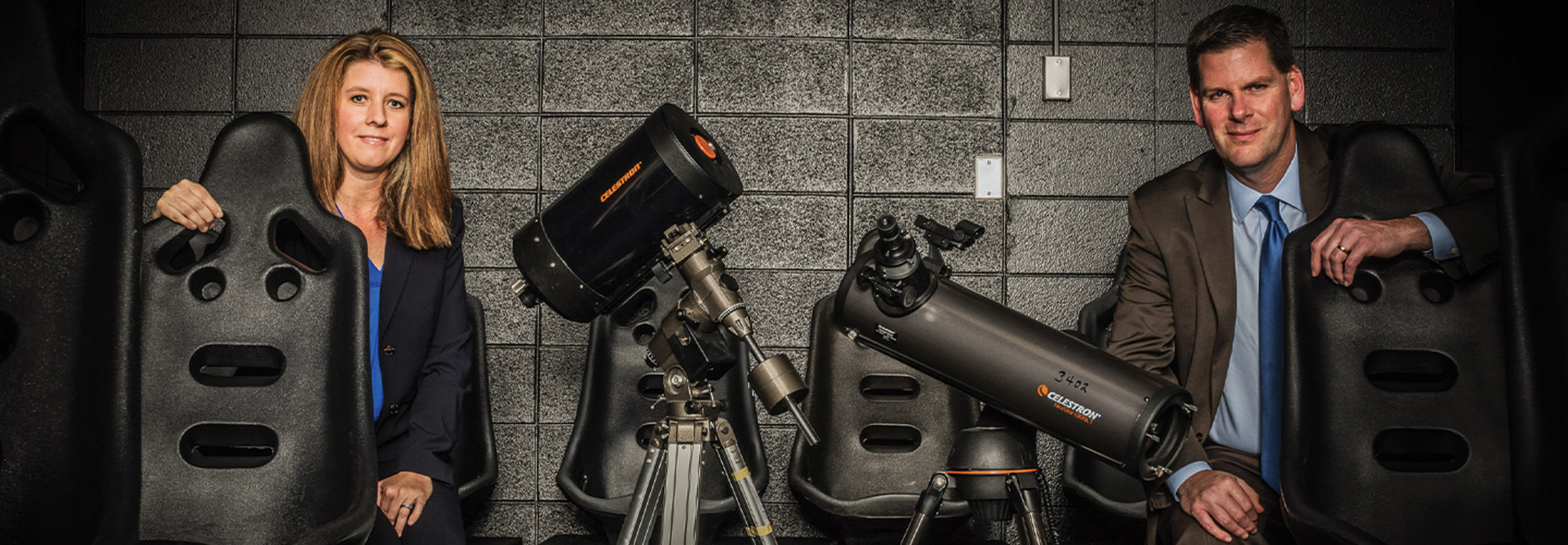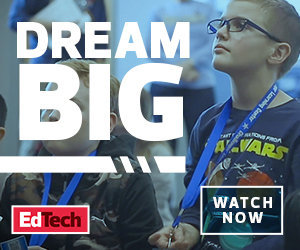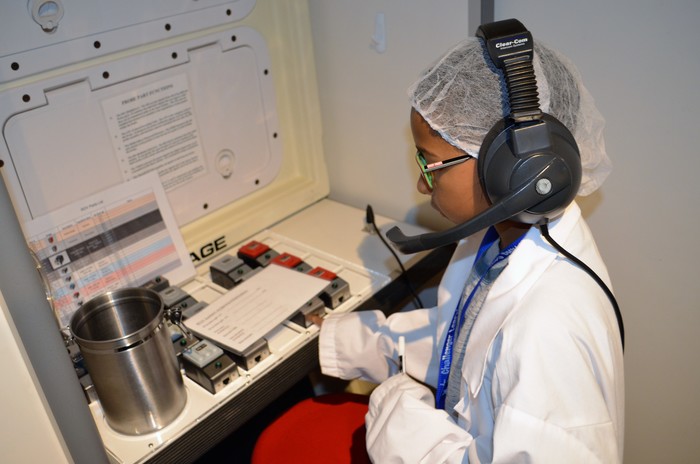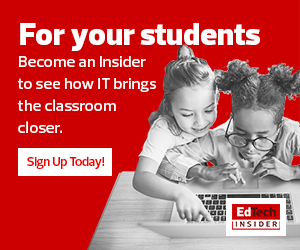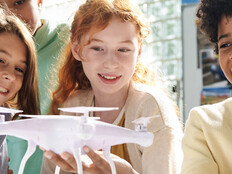At Challenger, groups of students simulate a mission to Mars from the planet’s moon Phobos. They have to solve problems such as dodging an asteroid. They complete activities focused on science, technology, engineering and math.
When they return to their regular classroom, they complete follow-up activities, says Keely Krueger, assistant superintendent for early childhood and elementary education. They learn about communication, collaboration and problem-solving — skills that transcend multiple disciplines, she says.
“They’re learning that through the mission control and expedition to Mars experience. They’re also learning those skills when they’re on the STEM side of things, when they’re doing the International Space Station and biomimicry in the other programs that we brought into the STEM side of the day,” she says.
The activities tie in lessons students are completing in other classes, such as math and reading. The simulation helps them make real-world connections to the other instruction. It “brings all of those pieces together, it makes their learning more meaningful,” says George Oslovich, Woodstock’s technology director.
The idea is that students don’t just complete tasks, Oslovich says. Instead, students should realize “the task is an end result to what I’m learning, and I will have to retain that forever.
“Challenger tries to make that happen.”
MORE ON EDTECH: Learn how immersive technology champions the Four C's of learning.
Building a World of Learning From the Ground Up
The Woodstock district acquired the Challenger Learning Center from Aurora University in 2019. Woodstock officials had to move quickly to get the space, and its new home at Olson, ready for the new school year.
The school already had a sufficient network to support the center, Oslovich says. The national Challenger Learning Center organization handled the wiring of the space.
“All my staff needed to do was provide them with an Ethernet connection that connected to our LAN, and we were all set and ready to go,” he says.
The technology selections were intentional, with each addressing specific needs the educators wanted for the learning center. As they thought through the space’s design, Oslovich says, they asked questions such as, “How can we take what’s on the tablet and put it up on the Promethean board so that we are able to see what’s going on there? And how can students be interactive with that Promethean board back and forth?”
Airtame adaptors also enhance collaboration by enabling devices and digital screens to interact with each other. The learning center is also filled with technology meant to foster collaboration such as Promethean boards, Chromebook tablets and AR and VR devices using Google Pixels.



